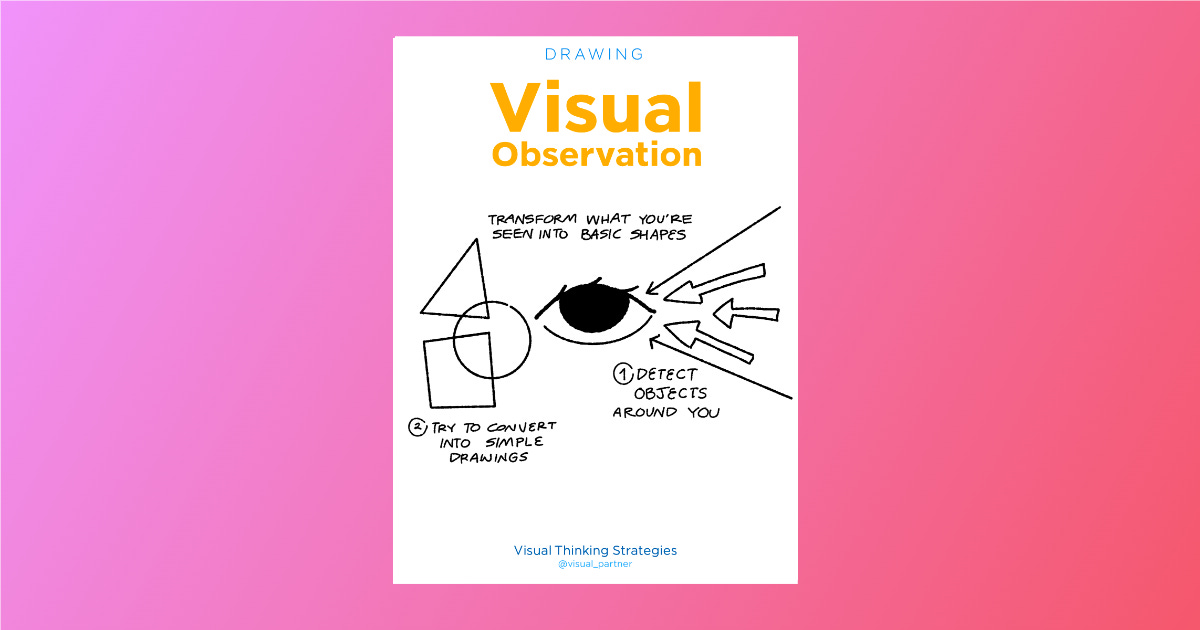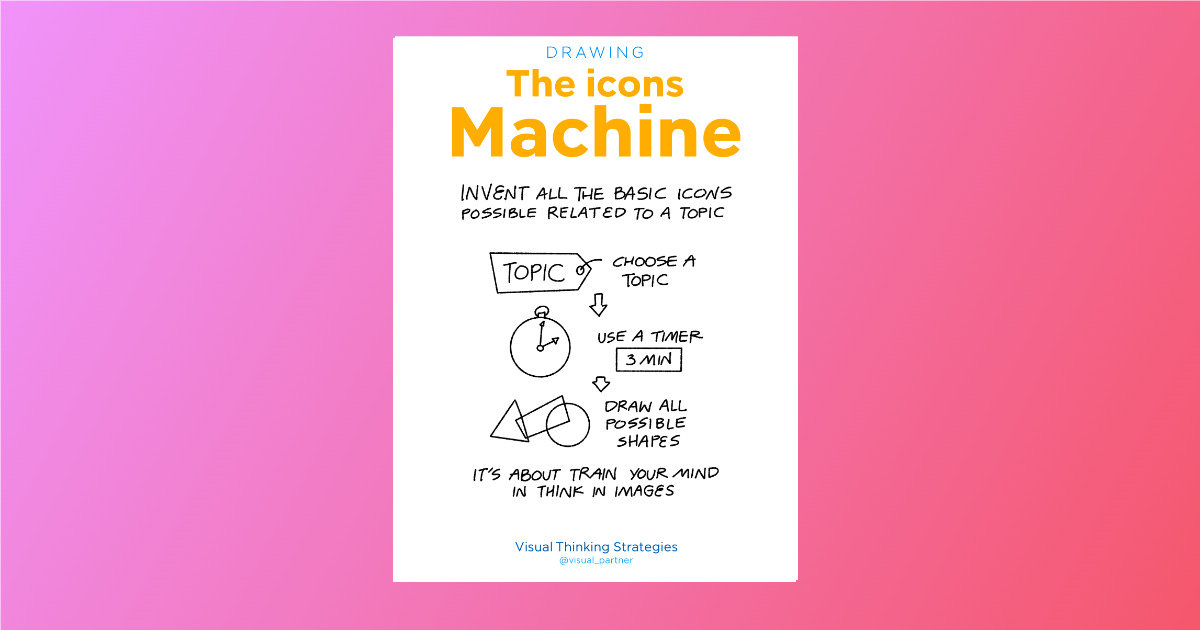Visual Thinking Strategies I: Boosting Drawing Skills
As part of my Visual Thinking Strategies series, I want to start sharing practical tricks and techniques to help you shape and strengthen your visual thinking.
Do you want to try Visual Thinking but you’re not convinced why it’s worth learning? In the AI era where tools like ChatGPT can do incredible things It’s time to rethink what humans can do that machines cannot easily replicate. Creativity is one of our most powerful differentiators.
Let’s see how you can start cultivating your Visual Thinking skills.
Visual Thinking Enhances Your Learning
I started my journey in Visual Thinking in the same way I started my journey as a software developer: with curiosity and practice. Looking back, I can clearly see its impact on my career. Drawing became one of my main tools for learning and thinking, not just something I enjoyed.
What I didn’t realize at the beginning is that Visual Thinking is less about making “beautiful illustrations” and more about organizing and structuring information. As developers, we face complex systems every day. Diagrams are part of our toolkit, but they’re not enough.
Visual Thinking shines because it acts like a mirror for your thoughts. You should be able to sketch what’s happening in your mind while you’re processing ideas. This isn’t a linear process; it’s complex. But when you visualize it, you can see gaps and ask better questions. That’s the real power: simple and effective.
Last week was the ElixirConf US edition, and I had the chance to participate once again as a graphic recorder. I brought my iPad and sketched the talks in real time. This particular sketch was from the main keynote by José Valim, the creator of the Elixir programming language.
This is a great example of the kind of “instruments” you can create with Visual Thinking.
Drawing Skills for Visual Thinking
In previous posts, I mentioned some practices to get started. I always say: you don’t need to draw well to begin with Visual Thinking. But you do need to draw.
One of the most common barriers I’ve seen in beginners is the fear of drawing badly. This fear often stops them before they even start. That’s why I dedicate time with my students to unlock their drawing confidence. We don’t aim to be artists, we aim to use drawing as one of our core tools for thinking.
Here are three strategies that will help you:
1. Build Your Personal Gallery
When I first started making graphic recordings, my biggest struggle was finding the right icons to complement my illustrations. I was a good listener, but visually I felt stuck.
How did I solve it? Very simply: I created a page with a set of basic icons. Whenever I needed to illustrate something, I looked at my “gallery” and picked an icon.
Since then, I encourage my students to create their own personal galleries. To help you get started, I’ve prepared a PDF with some initial icons. You can download it for free on Gumroad using the coupon “blog”:
2. Practice Visual Observation
Playing with basic shapes is one of the best ways to train your visual thinking. Instead of jumping into complex drawings, start with the simplest forms.
I used to go to coffee shops with my notebook and sketch what I saw. This practice opened my eyes to the endless number of shapes and icons that could be part of my personal gallery. Some drawings I discarded, but others became essential parts of my visual library.
Over time, this evolved into a habit. When I visit museums, I bring my notebook and spend hours sketching everything I can. It’s a simple but powerful way to grow your skills.
3. The Icons Machine
One of the main goals of Visual Thinking is to present ideas visually. For this, icons are essential. Thinking in images is not natural for everyone—it’s a skill you develop with practice.
A great exercise: pick a word and try to draw as many related icons as you can. Don’t worry about beauty—the point is to practice your visual vocabulary. The more you practice, the easier it becomes to mix text and images fluidly.
Final Thoughts
These three practices: building a personal gallery, practicing observation, and creating icons complement each other. Together, they will help you expand your visual library and start incorporating drawings into your notes and ideas.
Practice is the key.
Thanks for reading, Carlo






